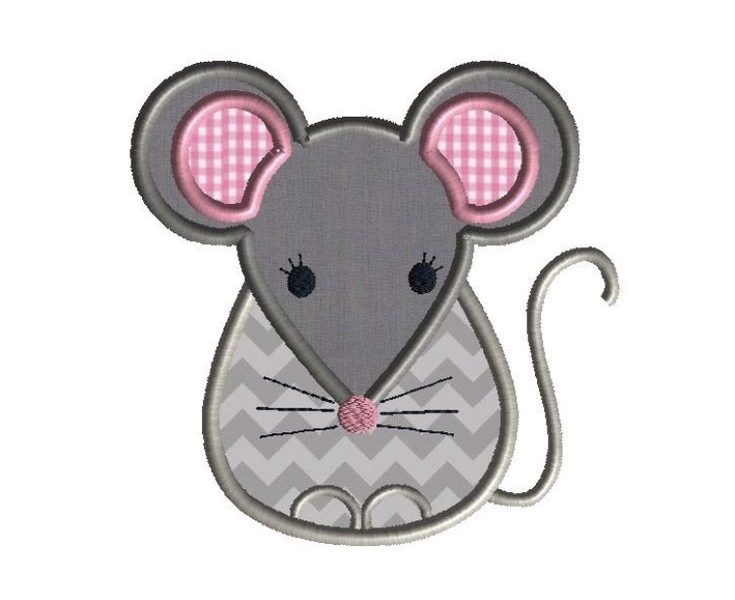Applique embroidery is a way that adds a unique size and texture to designs, combining each cloth and sewing to create intricate patterns. When digitizing designs for applique embroidery, precision, creativity, and technical talent are key to attaining terrific, expert results. As a dressmaker or embroidery expert, learning applique embroidery digitizing opens up a huge variety of opportunities for growing visually attractive and durable designs that elevate logo identification, apparel, and add-ons. This guide will take you via the crucial aspects of applique embroidery digitizing, from understanding the process to learning the technique.
What is Applique Embroidery Digitizing?
Applique embroidery digitizing is the method of getting ready a design to be applied to fabric the use of an embroidery gadget. Unlike conventional embroidery, which makes use of best stitching to form the complete layout, applique combines sewing with cloth portions sewn onto the base cloth to create extra complex, layered designs. This method is regularly used for logos, decorative patterns, and multi-colored designs, wherein material portions are used to highlight sure factors of the design, whilst the surrounding stitches complete the appearance.
The embroidery digitizing system for applique includes changing the layout into a digital layout that the embroidery gadget can interpret, ensuring that the fabric pieces are carried out effectively and the stitches are positioned in the proper order. It calls for unique changes, together with deciding on the right sort of material, sew types, and order of operations, to make sure the layout holds up through the years.
The Importance of Digitizing for Applique Embroidery
Applique embroidery requires a careful approach at some stage in the digitizing procedure to ensure the material pieces are effectively positioned and the stitches lay properly. If now not digitized well, an applique layout might not hold its shape, or the material might fray, main to an unprofessional appearance. The foremost position of applique embroidery digitizing is to provide the proper instructions to the embroidery device on the way to layer and stitch the cloth successfully and cleanly.
Here’s why mastering applique embroidery digitizing is crucial:
Fabric Compatibility: Different fabrics behave in a different way when stitched. Understanding material sorts and the way they interact with stitches is important for making sure that the very last applique layout is long lasting and clean. The digitizing manner includes adjusting sew density, deciding on the proper type of sew, and ensuring that the material is securely attached to the bottom fabric.
Precision and Cleanliness: Applique designs are often problematic and certain, so precision is fundamental to maintaining the integrity of the layout. Poor digitizing can bring about uneven stitches, thread breakage, or cloth lifting. Proper digitization guarantees that stitches are smooth and consistent, leading to a professional very last product.
Layering and Stitching Order: Applique embroidery entails layering cloth portions on pinnacle of the bottom material. The digitizing method need to dictate the proper stitch series, which include first sewing the cloth in place, then adding decorative stitches on top. This order ensures that the design is created efficaciously with none elements being out of place or misaligned.
Key Steps in Applique Embroidery Digitizing
To grasp the artwork of applique embroidery digitizing, it’s miles vital to apprehend the key steps worried inside the method. From selecting the right fabrics to sewing the final layout, those steps assist make certain that the applique is performed perfectly.
Preparing the Design
Before digitizing, step one is to prepare the layout. This frequently involves choosing a first rate image or artwork and simplifying it into practicable sections. For applique, the design might also want to be damaged down into smaller components in order that each fabric piece may be implemented in my view. Simplify problematic designs to ensure that the embroidery gadget can cope with the layers correctly.
Selecting the Right Fabric
Choosing the right fabric for your applique portions is vital to the achievement of the very last product. The material have to be sturdy enough to preserve up throughout stitching, but bendy sufficient to comply with the base cloth. Common applique fabrics consist of cotton, felt, denim, and even leather, relying on the preferred final results.
Digitizing the Outline
The first step in digitizing an applique design is creating the outline for each cloth piece. This outline is the perimeter of the applique fabric, and it needs to be stitched first to steady the fabric to the bottom material. You will need to set the sew kind (typically a satin stitch or walking sew) and decide the right sew duration and density to make sure easy strains.
Adding Underlay Stitches
Underlay stitches are essential for applique embroidery. These stitches offer extra stability to the material, supporting to save you it from moving or puckering. Underlay stitches also can assist the cloth bond higher to the base cloth. Typically, a zig-zag underlay or a tatami underlay is used to provide this extra help.
Placing the Fabric
Once the outline and underlay stitches are in place, it’s time to place the fabric pieces on the bottom cloth. This step calls for careful alignment to make certain the applique fits within the barriers of the layout. Many embroidery digitizing packages permit you to preview the location, which can be very useful in adjusting the placement earlier than stitching.
Stitching the Applique Fabric
With the cloth in location, the following step is to stable it with the top stitches. These stitches keep the fabric in region and cover the raw edges to prevent fraying. Typically, a satin stitch is used to encase the applique fabric, even though other stitch types, which includes a walking stitch or a zig-zag stitch, may be used for distinct effects. The density of those stitches have to be adjusted to create a neat, secure finish.
Adding Decorative Elements
After the applique pieces are in place, you may upload additional decorative elements to the layout, inclusive of embroidery fills, textual content, or borders. These elements can be introduced to beautify the overall appearance of the applique design, making it stand out.
Common Challenges in Applique Embroidery Digitizing and How to Overcome Them
As with any embroidery approach, applique embroidery digitizing can present a few demanding situations. Understanding those challenges and knowing how to overcome them is prime to gaining knowledge of the technique.
Fabric Fraying: If the rims of the applique cloth are not properly stitched down, they will fray over time. To keep away from this, make sure that the material is securely attached with tight underlay stitches and dense satin stitches round the rims.
Misalignment: Misalignment of the fabric during stitching can lead to a layout that looks uneven or unprofessional. To keep away from this, cautiously align the cloth pieces earlier than sewing, and use a stabilizer to prevent any shifting for the duration of the embroidery technique.
Design Complexity:
Highly difficult applique designs can be hard to digitize correctly, especially if the layout has small or delicate pieces. It may be vital to simplify the layout or smash it down into more than one steps to ensure the applique is applied successfully and stays legible.
Thread Breakage: Thread breakage can arise if the stitch density is too high or if the material isn’t nicely prepared. Adjusting the stitch density and the use of the correct type of thread for the material can help prevent this difficulty.
Tips for Achieving High-Quality Applique Embroidery Designs
Use High-Quality Digitizing Software: Invest in a reliable embroidery digitizing software that supports advanced features for applique designs. Software like Wilcom, Hatch, or Bernina is famous for its precision and customization options.
Test on Sample Fabric: Always check your applique designs on a sample piece of cloth before beginning the very last task. This permits you to seize any errors early and modify the design if important.
Optimize Stitch Density: Ensure that the stitch density is adjusted well for every element of the design. Too dense a sew can purpose puckering, while too free a stitch may also result in an insecure applique.
Choose the Right Needle and Thread: The accurate needle and thread are important for applique embroidery. A needle suitable for the fabric type and a exceptional embroidery thread will yield the first-class consequences.
Conclusion
Mastering the artwork of applique embroidery digitizing calls for each technical ability and creativity. By know-how the digitizing method, choosing the right fabric, and thoroughly arranging the stitching series, you could create stunning and sturdy applique designs that enhance your brand, clothing, or different initiatives. As a clothier, the capability to digitize applique designs professionally opens up a wide range of possibilities, allowing you to add measurement, texture, and element to your work. With practice and the right techniques, you can end up an expert in applique embroidery digitizing, handing over wonderful designs that galvanize your customers and target market.









